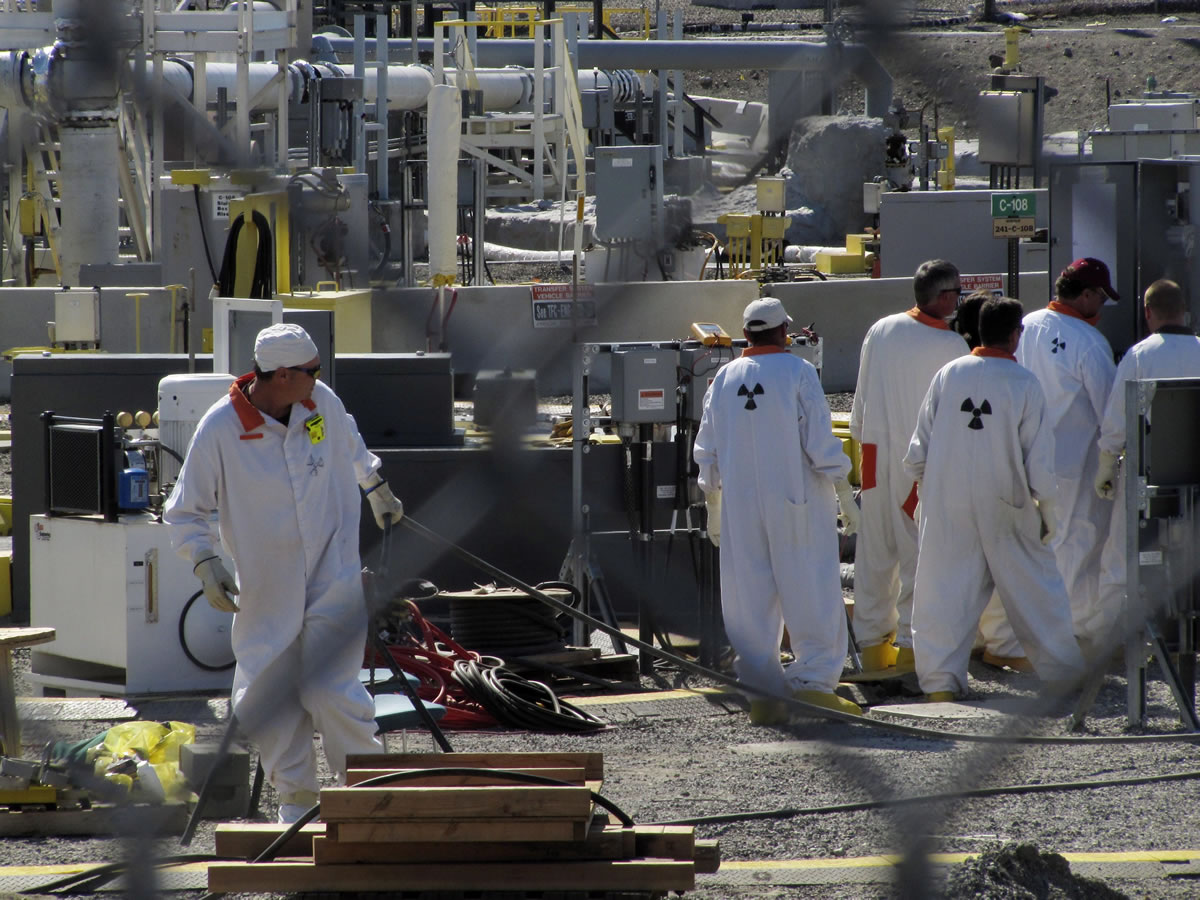WASHINGTON — The government’s multibillion-dollar effort to clean up Hanford, the nation’s largest former nuclear weapons site, has become its own dysfunctional mess, critics say.
For more than two decades, the government has planned and worked to dispose of 56 million gallons of nuclear and chemical waste in underground, leak-prone tanks at the Hanford nuclear reservation.
But progress has been slow, the budget is rising by billions of dollars and a long-running technical dispute has sown ill will among some of the project’s senior engineering staff, the Energy Department and its lead contractors on the vitrification plant, where waste will be treated for disposal.
The waste is a legacy of the Cold War, when the site housed nuclear reactors churning out enough radioactive plutonium for thousands of atomic bombs. To clean up the mess, the Department of Energy started building the vitrification plant 12 years ago to encase the nuclear leftovers in stable glass for disposal.



